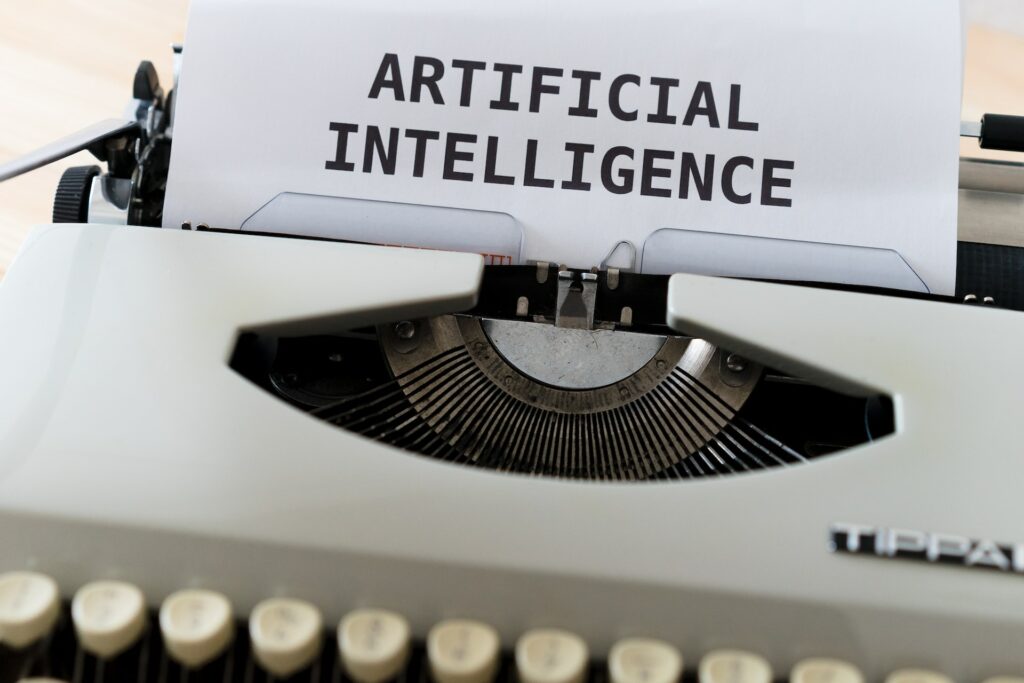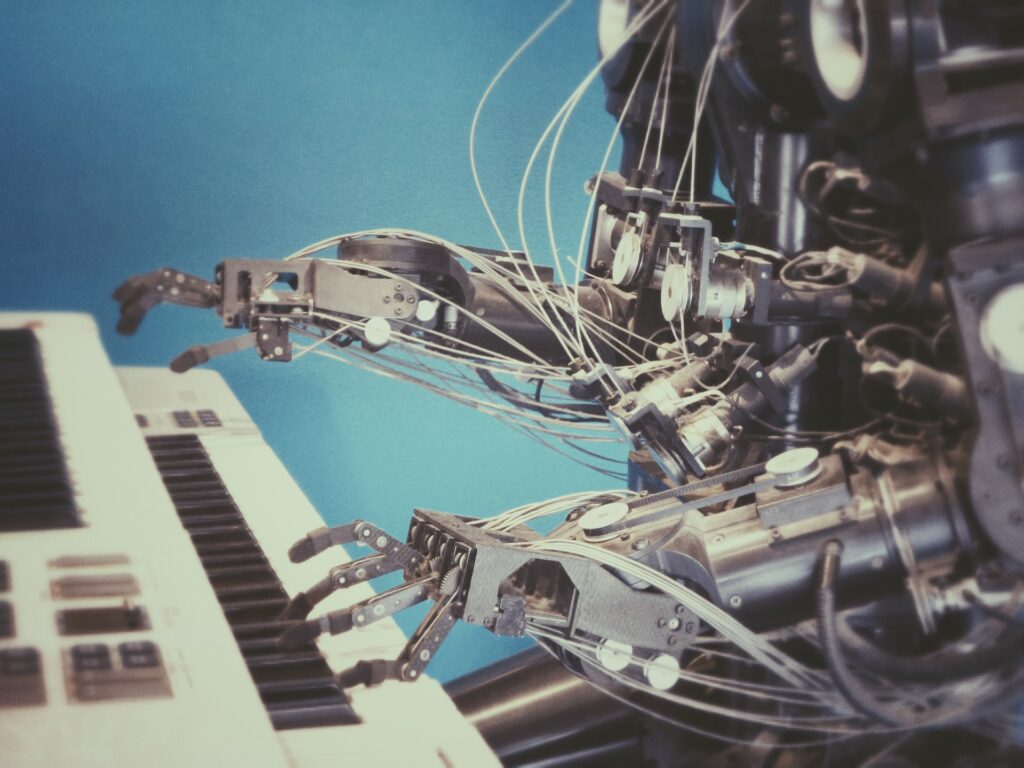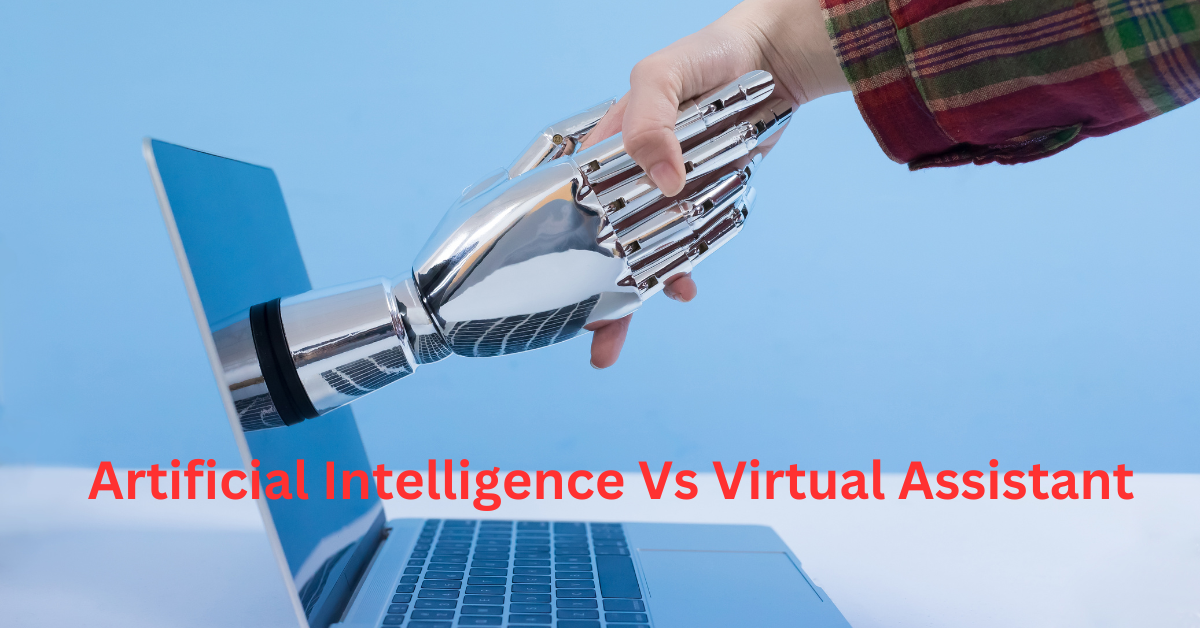In today’s technology-driven world, the roles of Artificial Intelligence (AI) and Virtual Assistants (VAs) have become increasingly prominent in various aspects of our lives, both personal and professional. These two technologies, while often intertwined, serve distinct purposes and offer unique capabilities. In this comprehensive article, we will delve deep into what AI can do, what it can’t do, what VAs can do, what they can’t do, and the pros and cons of each.
Table of Contents
Understanding Artificial Intelligence (AI)

Artificial Intelligence, commonly referred to as AI, is a broad field of computer science that focuses on creating machines capable of performing tasks that typically require human intelligence. AI systems are designed to analyze data, learn from it, and make decisions based on that learning. Here’s a breakdown of what AI can and cannot do:
What AI Can Do:
1. Data Analysis and Pattern Recognition:
- AI can process vast amounts of data quickly and identify complex patterns that would be challenging for humans to discern. This capability is invaluable in fields like finance, healthcare, and marketing.
2. Automation of Repetitive Tasks:
- AI can automate repetitive, time-consuming tasks, freeing up human workers to focus on more creative and strategic aspects of their work.
3. Natural Language Processing (NLP):
- AI-driven NLP enables machines to understand and generate human language, making it useful for chatbots, language translation, and content generation.
4. Predictive Analytics:
- AI can forecast future trends, behaviors, and outcomes by analyzing historical data. This is widely used in industries like e-commerce for demand forecasting and personalized recommendations.
5. Computer Vision:
- AI can interpret and make sense of visual data, making it vital in image and video analysis, autonomous vehicles, and healthcare imaging.
What AI Can’t Do:
1. Emotional Intelligence:
- AI lacks true emotional understanding and empathy. While it can recognize emotions based on data, it doesn’t experience emotions itself.
2. Common Sense:
- AI may struggle with everyday tasks that require common-sense reasoning, as it often relies on predefined rules and patterns.
3. Creativity:
- While AI can assist in creative processes, it doesn’t possess genuine creativity. It can generate art, music, and content based on existing patterns but lacks true innovation.
4. Ethical Decision-Making:
- AI makes decisions based on algorithms and data, not ethical principles. Ensuring ethical behavior often requires human intervention.
5. Adaptability:
- AI is limited by the data it’s trained on. It may struggle in unfamiliar situations or when faced with tasks significantly different from its training data.
Exploring Virtual Assistants (VAs)

Virtual Assistants, or VAs, are software applications or AI-driven entities designed to assist users with various tasks. These tasks can range from answering questions to managing schedules and performing online searches. Let’s examine what VAs can and cannot do:
What VAs Can Do:
1. Answer Questions and Provide Information:
- VAs like Siri, Google Assistant, and Alexa can answer queries by retrieving information from the internet or their databases.
2. Schedule Management:
- VAs can schedule appointments, set reminders, and send notifications to help users stay organized.
3. Voice Commands and Control:
- VAs allow users to control smart devices, play music, and perform actions through voice commands.
4. Web Browsing and Information Retrieval:
- VAs can browse the web, find specific information, and provide summaries or answers.
5. Language Translation:
- Some VAs offer language translation services, making them handy for travelers and international communication.
What VAs Can’t Do:
1. Deep Data Analysis:
- VAs lack the advanced data analysis capabilities of AI systems. They can’t perform complex data-driven tasks or provide in-depth insights.
2. Autonomy and Learning:
- While VAs can adapt to user preferences to some extent, they don’t have the learning and decision-making capabilities of AI.
3. Creativity and Content Generation:
- VAs can’t create original content, artwork, or music. They rely on existing data and algorithms.
4. Complex Problem Solving:
- VAs may struggle with complex, multifaceted problems that require human intuition and creativity.
5. Emotional Understanding:
- VAs lack true emotional intelligence and cannot engage in meaningful emotional conversations.
The Pros and Cons of AI

Now that we’ve explored what AI can and cannot do, let’s delve into the advantages and disadvantages of AI technology:
Pros of AI:
1. Efficiency:
- AI excels in automating tasks, leading to increased efficiency and reduced human error.
2. Data Processing:
- AI can handle and analyze vast amounts of data quickly, providing valuable insights.
3. Consistency:
- AI performs consistently and doesn’t suffer from fatigue or variations in performance.
4. Speed:
- AI processes information and makes decisions at lightning speed, often outpacing human capabilities.
5. Scalability:
- AI systems can scale effortlessly to handle growing workloads.
Cons of AI:
1. Lack of Emotional Intelligence:
- AI lacks the ability to understand and respond to human emotions, limiting its use in certain applications.
2. High Initial Costs:
- Developing and implementing AI systems can be expensive, especially for smaller businesses.
3. Ethical Concerns:
- AI decision-making can raise ethical dilemmas, particularly in areas like autonomous vehicles and healthcare.
4. Dependence on Data Quality:
- AI’s performance relies heavily on the quality and quantity of training data.
5. Job Displacement:
- The automation capabilities of AI can lead to job displacement in certain industries.
The Pros and Cons of Virtual Assistants

Now, let’s examine the advantages and disadvantages of Virtual Assistants:
Pros of VAs:
1. Accessibility:
- VAs are readily accessible through smartphones and smart devices, making them convenient for users.
2. User-Friendly:
- VAs are designed to be user-friendly and require minimal technical expertise.
3. Assistance with Routine Tasks:
- VAs excel at helping users with everyday tasks like setting reminders and answering questions.
4. Hands-Free Operation:
- VAs can be operated through voice commands, offering a hands-free experience.
5. Integration with IoT:
- VAs seamlessly integrate with Internet of Things (IoT) devices for smart home control.
Cons of VAs:
1. Limited Capabilities:
- VAs have limited functionality and may not perform complex tasks or provide in-depth information.
2. Privacy Concerns:
- Using VAs raises privacy concerns, as they often collect and store user data.
3. Dependency:
- Overreliance on VAs can hinder critical thinking and problem-solving skills.
4. Lack of Autonomy:
- VAs lack true autonomy and decision-making capabilities.
5. Data Security:
- There’s a risk of data breaches and security issues when using VAs.
Choosing Between AI and VAs
The choice between AI and VAs depends on your specific needs, goals, and the nature of the tasks you want to automate or assist with. Here are some considerations to help you make an informed decision:
When to Choose AI:
- Complex Data Analysis: If your tasks involve processing vast amounts of data, identifying patterns, and generating insights, AI is the way to go.
- Automation of Repetitive Tasks: AI excels in automating repetitive, rule-based tasks, freeing up human resources.
- Advanced Technology: If you require cutting-edge technology for applications like autonomous vehicles or healthcare diagnostics, AI is the choice.
- Predictive Analytics: AI is invaluable for predicting future trends and making data-driven decisions.
When to Choose VAs:
- Everyday Assistance: VAs are ideal for tasks like setting reminders, answering questions, and managing schedules.
- Accessibility and Convenience: If you need quick access to information through voice commands or a user-friendly interface, VAs are suitable.
- Smart Home Control: VAs seamlessly integrate with smart home devices for convenient control.
- Simple, Routine Tasks: VAs are excellent for tasks that don’t require advanced data analysis or decision-making.
- Cost-Effective Solutions: VAs are often more cost-effective, making them suitable for smaller businesses and personal use.
In conclusion, both AI and VAs have their unique strengths and limitations. The choice between them should be guided by the specific requirements of your tasks, your budget, and your comfort with technology. As these technologies continue to advance, we can expect even more remarkable capabilities and applications to emerge, further blurring the lines between AI and VAs.




